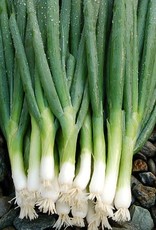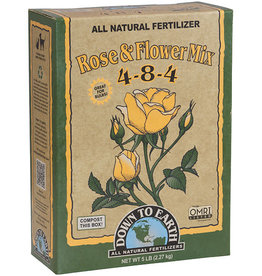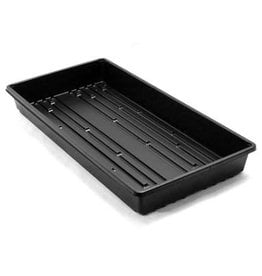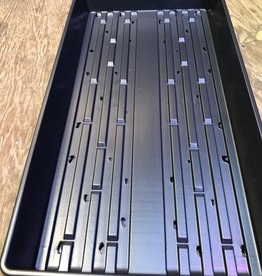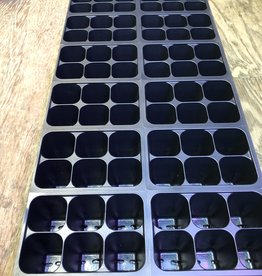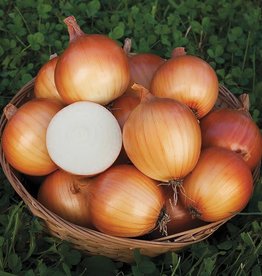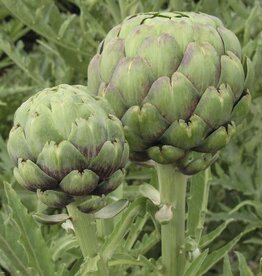HM Parade Bunching Onion 100 SEEDS
| Availability: | In stock (20) |
Photo and Description Credit - High Mowing Seeds
Knocked our socks off in our bunching onion trials!
We've never seen such a uniform, upright bunching onion, not a single leaf leaning over. Gorgeous rows of dark green and vigorous stalks with no bulbing at all, making cleaning easy and quick. Parade has a nice, mild onion flavor. From our partners at Bejo Seeds.
- Uniform size
- Upright habit
Disease Resistance Details
Intermediate Resistance: Basal Rot, Pink Root
180-215M seeds/lb (200M avg.). M=1,000
Seeding Rate
Seeding rate: ~50 seeds/ft, in 2-3” wide bands
Cultural Info
Bunching onions are hardy perennials that are grown as annuals or overwintered for early spring harvests. True bunching onions or scallions, Allium fistulosum, do not form bulbs and remain straight and slender, many common onion varieties may be grown as bunching onions, but will eventually bulb up.
Soil Nutrients and Requirements
Onions prefer soils rich in organic matter that are well-drained. Optimal pH is 6.2-6.8. They cannot tolerate acid soils, especially in early stages. 80 lbs/A nitrogen is recommended. Sidedress 4-5 weeks after planting. High levels of sulfur in the soil will increase pungency. Best results come from selecting a bed with the least weed pressure possible.
Seeding Depth
Planting depth: 1/4-1/2"
Plant Spacing
Thin if desired to 2”
Row Spacing
Row spacing: 12-18".
When to Sow
Direct sow seeds as soon as soil can be worked. Seeds are slow to germinate and grow, it is important to keep them well weeded so that the weeds do not take over.
Other Considerations
Hill stalks to promote elongation and blanching.
Harvest
Harvest when desired.
Storage
Store washed shafts at near freezing temperatures.
Pest Info
- Onion Thrips thrive in hot dry weather and can be discouraged by heavy rain or overhead irrigation. Lacewing larvae, pirate bugs and predatory thrips are natural predators.
- Onion Maggots overwinter in the soil. They feed on the roots of young seedlings, causing wilting and sometimes seedling death. Crop rotation and beneficial nematodes can be helpful.
Disease Info
- Botrytis leaf blight (Botrytis squamosa) develops as small lesions surrounded by a silvery-white “halo” that grow and eventually extend through the wall of the leaf. Infection by the more common Botrytis cinerea (gray mold fungus) is distinguished by smaller lesions that do not have a “halo” and do not penetrate the leaf. Die-back begins at the leaf tip and can result in premature death of the leaf prior to bulb maturity. The fungus persists as sclerotia in the soil and on crop residues. Protectant fungicides are applied in advance when cool, wet conditions are expected.
- Downy Mildew (Peronospora destructor) thrives in extended periods of cool, humid weather. Plant in a well drained area, avoid overhead irrigation, orient rows with prevailing winds and rotate crops.
- Purple blotch (Alternaria porri and Alternaria alternata) appears as elongated purple lesions that turn silvery over time. Control measures are similar to those for botrytis blight and downy mildew. Yellow cooking onions are not as susceptible to purple blotch as are Spanish onions. Best prevention methods are to practice good sanitation -- never pile cull onions near onion fields -- and crop rotation with non-host plants.
- Damping off (Pythium/Rhizoctonia) – Avoid excessive moisture.
White Rot (Sclerotium Cepivorum) – Destroy infected plants and rotate crops


